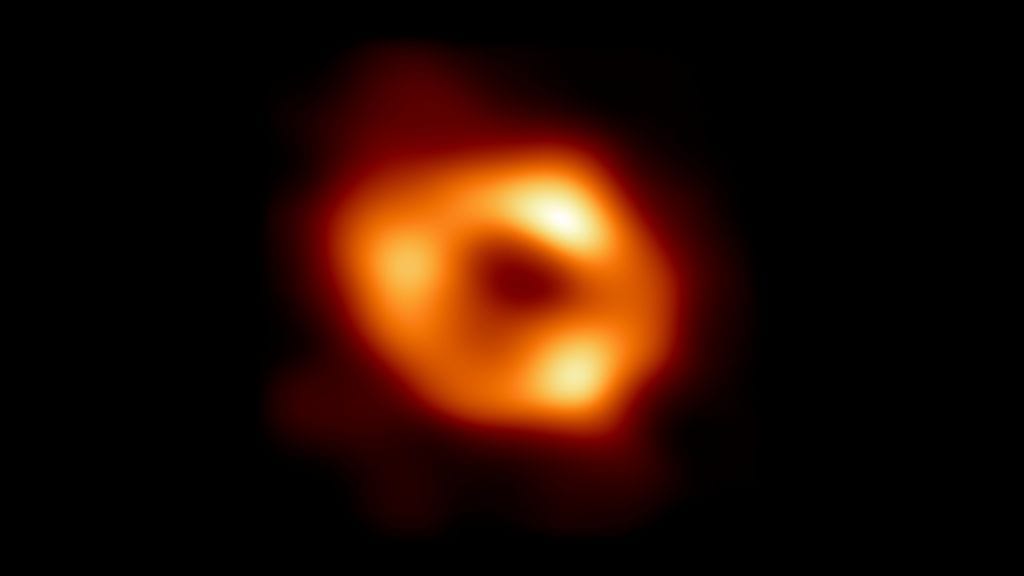What is a black hole: A black hole is a region of space where gravity is so strong that nothing - no light, no matter - can escape it. This happens when an enormous amount of mass is compressed into an extremely small volume. Usually a black hole occurs when a massive star collapses at the end of its life, such as after a supernova explosion. The result is an invisible, all-consuming object that challenges space, time and our understanding of physics.
Although you cannot see black holes with a telescope as you would observe the moon or Jupiter, they are measurable through their effects on the environment. As such, they are one of the most intriguing phenomena in modern astronomy.
How does a black hole form?
Black holes can form in several ways, but the most famous formation occurs after the life of a massive star. When such a star at the end of its life can no longer produce energy to counteract gravity, the core collapses. The outer layers are blown away in a supernova, and what remains - depending on its mass - is a neutron star or a black hole.
Other ways black holes can form are:
- Collisions of neutron stars, merging into a heavier black hole.
- Contractions of matter in the early universe, possibly the origin of rare ‘primary’ black holes.
Can you see a black hole?
Black holes themselves do not emit light and therefore are not visible in the traditional way. Nevertheless, we can demonstrate their presence through indirect observations. For example, they emit X-rays when matter is swallowed, distort the spacetime around them (gravitational lensing), and influence the orbits of nearby stars.
The most famous observation occurred in 2019, when astronomers from the Event Horizon Telescope observed the first photo of a black hole made in the galaxy M87. It was not a photograph in the classical sense, but a visual reconstruction of shadow and surrounding glow - proof that these cosmic monsters really exist.
What happens in a black hole?
At the heart of a black hole is the singularity: a point where gravity is theoretically infinitely strong and space and time cease to exist as we know them. The boundary around the black hole is called the event horizon. If something passes this boundary, it can never go back - not even light.
Scientists still struggle with what exactly happens inside a black hole. According to Einstein's theory of relativity, black holes bend spacetime so much that time itself slows down, a phenomenon that time dilation is called. At the same time, quantum mechanics states that information cannot be lost, leading to the famous information paradox: what happens to everything that disappears into a black hole?
What types of black holes are there?
There are roughly three categories of black holes:
- Stellar black holes arise from stars and have masses from 3 to 100 times that of the sun.
- Supermassive black holes house at the heart of galaxies and weigh millions to billions of solar masses. One such colossus also resides at the center of our own galaxy: Sagittarius A*.
- Medium black holes form a rare intermediate category, presumably created by the merging of stellar black holes.
How are black holes discovered?
Black holes reveal themselves by their environment. Scientists use several methods:
- X-ray, which is released when matter is engulfed.
- Star Movements, in which stars orbit in strange orbits around an invisible object.
- Gravitational waves, measured by instruments such as LIGO and Virgo, which result from collisions of black holes.
These techniques have led to hundreds of confirmed black holes, and the number is growing rapidly.
Why do black holes fascinate us so much?
Black holes challenge our knowledge of physics. They are not only mysterious objects, but perhaps gateways to other dimensions - though for now that remains theory. Some models suggest that they can form connections between different points in space and time: so-called wormholes.
The famous physicist Stephen Hawking conceived, moreover, that black holes might slowly evaporate via so-called Hawking radiation. Thus, even the most all-consuming object ever, could eventually disappear. These ideas are still far from experimental confirmation, but they keep science on its toes and curious.
What do we know about the black hole in our Milky Way?
In the center of the Galaxy, at about 26,000 light years distance, is located Sagittarius A*: a supermassive black hole with a mass about 4 million times that of the sun. Everything in our galaxy eventually revolves around this gravitational center - including our solar system.
Sagittarius A* is the subject of intense research, including by the Event Horizon Telescope. An image of this behemoth was even published in 2022, marking a new chapter in our understanding of black holes.
Black holes remain one of the greatest mysteries of the universe. We cannot see them with our telescopes, but their impact is enormous - literally and figuratively. They represent the limits of our knowledge, and perhaps the keys to something we cannot yet even comprehend. The coming years will undoubtedly bring new discoveries ... and even more questions.
First photo of a black hole

In April 2019, science made history: for the first time, an image of a black hole was published. This happened thanks to a global collaborative project called the Event Horizon Telescope (EHT). - a network of radio telescopes scattered around the Earth, which together formed one virtual telescope the size of our planet.
The photographed black hole is located at the center of the galaxy Messier 87 (M87), 55 million light years away. What we saw was not a photograph in the classical sense, but an image of the so-called shadow of the black hole, surrounded by glowing matter that lights up just before it is swallowed.
This image not only provided direct evidence for the existence of black holes, but also confirmed the predictions from Einstein's general theory of relativity. Since then, new images - including that of Sagittarius A*, the supermassive black hole in our own galaxy.
Conclusion
Black holes remain a source of fascination and mystery. Despite enormous advances in our understanding of these objects, many questions remain unanswered. Through ongoing observations and theoretical research, scientists hope to further unravel the secrets of black holes. The study of black holes offers insight not only into the physics of extreme environments, but also into the fundamental nature of space and time. The coming years promise exciting discoveries and breakthroughs that will further deepen our understanding of the universe. You might also find this post interesting?






